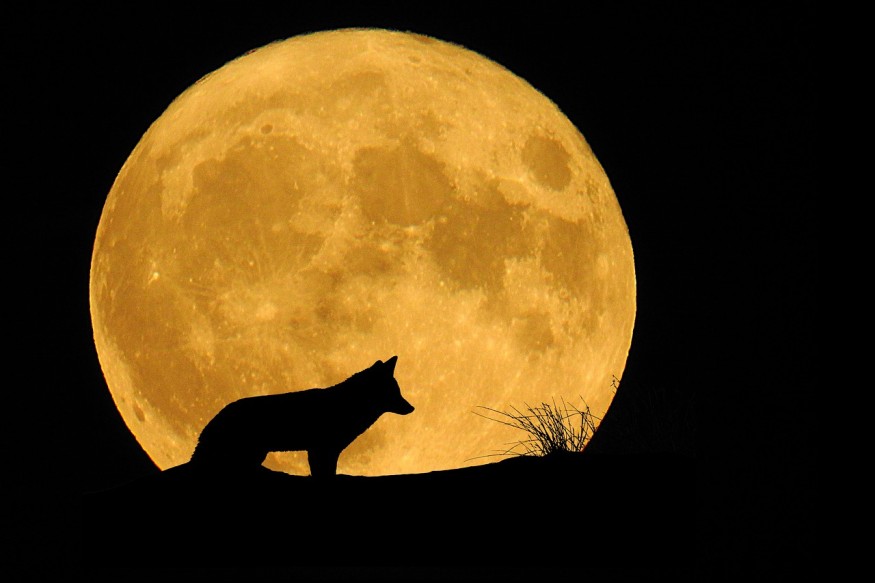The new year 2023 is beginning with a clear night that offers an ever-changing array of wonderful sights to behold, from the full Moon, stars, and constellations to brilliant planets, and even a meteor shower.
Astronomers said that the first full Moon of the year will be happening this week alongside the Quadrantids meteor shower. Continue reading to learn more about the full Moon and meteor shower this week.

Wolf Moon: 2023's First Full Moon
The Moon does not have its own light, which means the moonlight humans see from Earth is sunlight reflected off the lunar surface. According to NASA, the light determines the amount of visible Moon over the month because it orbits Earth and Earth orbits the Sun.
This phenomenon results in the lunar phases, namely the new Moon, waxing crescent, first quarter, waxing gibbous, full Moon, waning gibbous, third quarter, and waning crescent
As the year 2023 begins, the world will also see the first full Moon this week. As per Bury Mercury, this month's full Moon is called the Wolf Moon. It is a name from early Native American tribes who observed hungry wolves howling at the full Moon outside their camps around this time of the year.
Wolf Moon always shines near the stars of Gemini or Cancer. This year, it will occur at 6:08 p.m. EST, 3:08 p.m. PST, or 23:08 GMT on Friday, January 6.
The full Moon also goes by other names, such as Old Moon and Moon after Yule. Meanwhile, the SkyNews reports that the indigenous people of Ojibwe of the Great Lakes region refer to it as Gichi-manidoo Giizis, or translated as the "Great Spirit Moon," to honor the silence and recognize one's place within all of Great Mystery's creatures.
Furthermore, the January full Moon is known as Opawahcikanasis (Frost Exploding Moon) by the Cree of North America, when trees crackle from the very cold temperatures. Full Moons in the winter months rise as high in the sky as the midday Sun in the summer, casting shadows in the same places. Around the full Moon, ray systems extending from the more recent craters are visible.
READ ALSO : Moon Has Great Impact on How Humans Sleep: More Than 850 People, Lunar Cycle Monitored for Years
Quadrantids Meteor Shower 2023
Before the first full Moon of the year occurs this week, the first meteor shower of 2023 will give first give a spectacular light show. The Quadrantids meteor shower is active from December 26 to January 16 but it will peak between January 2 and 3. NASA said that viewers can expect an average of 80 meteors per hour streaking through the night sky at its peak.
Quadrantids are known for producing dramatic fireball meteors with longer and brighter features compared to others because they come from bigger pieces of debris trail called 2003 EH1 discovered in 2003 in the Lowell Observatory Near-Earth-Object Search (LONEOS).
To best view this meteor shower, LiveScience suggests finding a place away from light pollution during its peak time on the night of January 2 and the predawn hours of January 3. NASA said that the best viewing angle is to lie with the feet to the northeast and let the eyes adjust for 30 minutes to catch even the faintest meteors.
RELATED ARTICLE: Last Full Moon of 2021: Don't Miss The Longest, Cold Moon This Weekend
Check out more news and information on Full Moon in Science Times.












